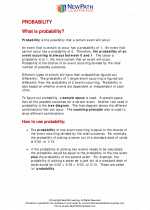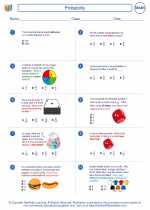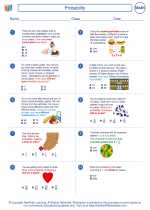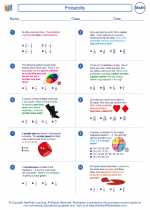Distributive Property
The distributive property is a fundamental property in mathematics that allows us to simplify expressions and solve equations. It states that for any numbers a, b, and c, the following holds true:
a * (b + c) = a * b + a * c
This means that when we have a number outside of a set of parentheses, we can distribute that number to each term inside the parentheses by multiplying. This property is extremely useful in simplifying algebraic expressions and solving equations.
Examples:
Example 1: 3 * (2 + 4) = 3 * 2 + 3 * 4
Example 2: 5 * (x + 2) = 5x + 10
Example 3: -2 * (3x - 7) = -6x + 14
Study Guide:
- Understand the concept of the distributive property: The distributive property allows us to distribute a number to each term inside a set of parentheses.
- Practice using the distributive property with both numbers and variables: Work through examples where you distribute numbers and variables to expressions inside parentheses.
- Apply the distributive property to simplify expressions: Use the distributive property to simplify and combine like terms in algebraic expressions.
- Solve equations using the distributive property: Apply the distributive property to solve equations by distributing a number to terms on both sides of the equation.
- Challenge yourself with word problems: Practice solving word problems that involve the distributive property to apply the concept in real-life scenarios.
Mastering the distributive property is essential for success in algebra and higher level mathematics. By understanding and applying this property, you'll be able to simplify expressions and solve equations with confidence.
[Distributive Property] Related Worksheets and Study Guides:
.◂Math Worksheets and Study Guides Sixth Grade. Probability

 Worksheet/Answer key
Worksheet/Answer key
 Worksheet/Answer key
Worksheet/Answer key
 Worksheet/Answer key
Worksheet/Answer key
